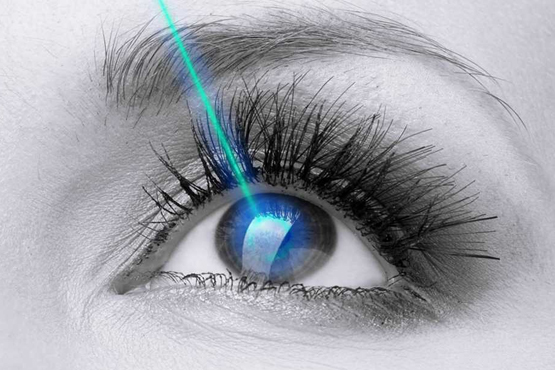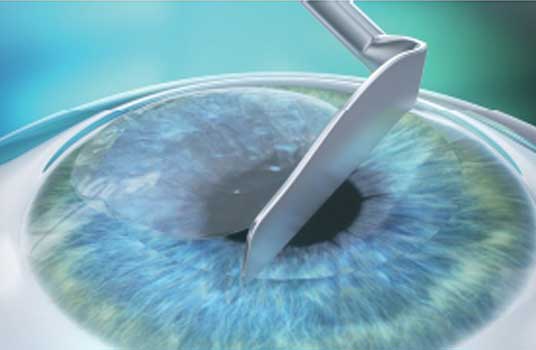Collagen Cross-Linking (CXL)
Corneal collagen cross-linking is a technique which involves first soaking the cornea with liquid vitamin B2 (Riboflavin) followed by illuminating it with UV-A light. This activates formation of new chemical bonds (cross links) between fibres of the cornea, increasing its mechanical strength.
Occasionally collagen cross-linking (CXL) is added to the laser vision correction procedure for patients with mild cornea irregularities, slightly thinner corneas, higher myopia or astigmatism. CXL may make your vision more stable, reducing the need for enhancement laser, decrease the risk of cornea ectasia (weakening) and changes to your vision. Collagen cross-linking adds only an extra 1.5 to 2 minutes of time to your laser vision correction procedure but could make it safer and more stable in the long term.
Corneal collagen cross-linking is also used for patients with
keratoconus and
post-LASIK ectasia (weakening and irregularity of the cornea that can occur with laser vision corrections). The goal of the treatment is to halt progressive and irregular changes in corneal shape and preserve its strength.




